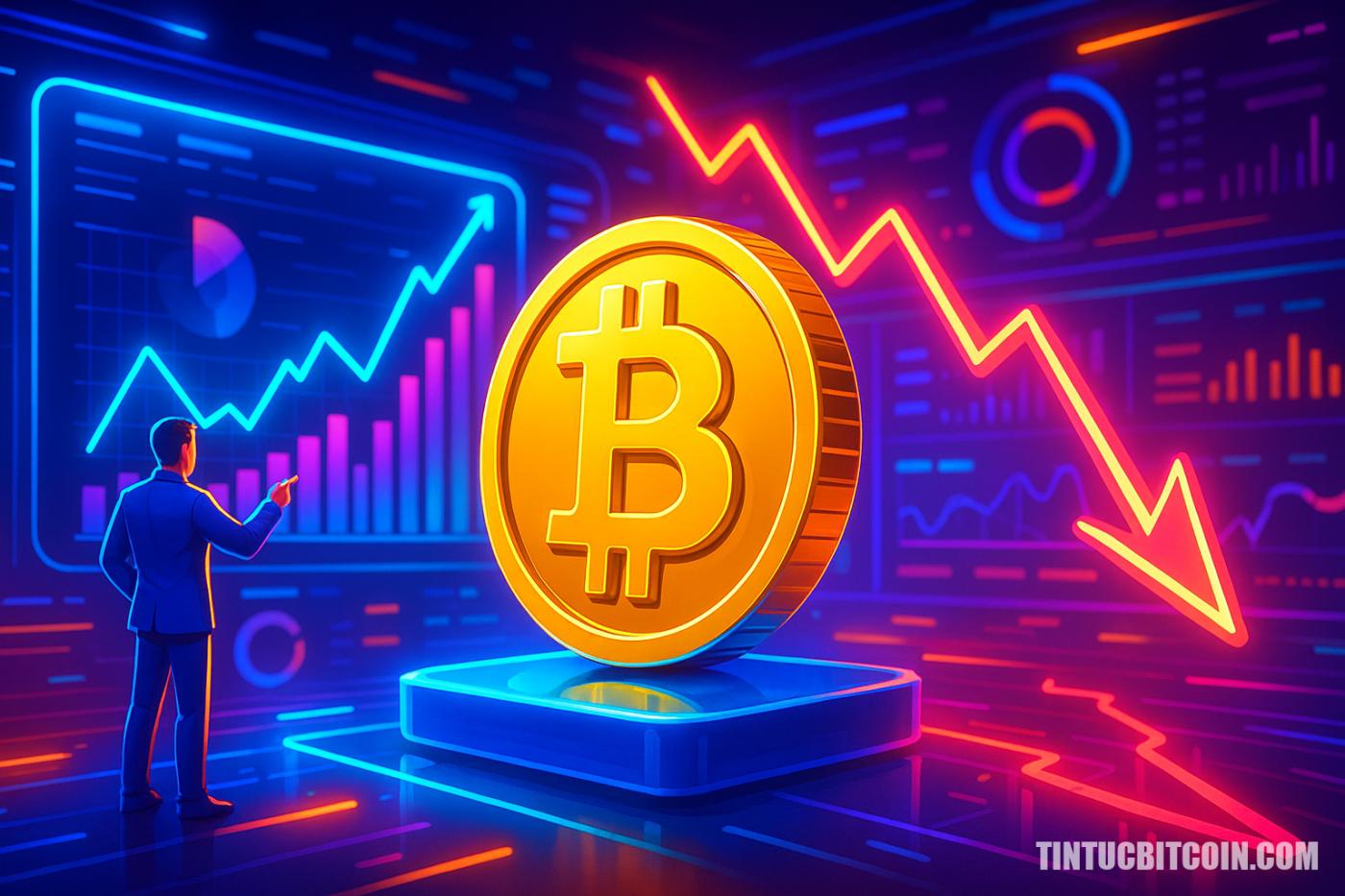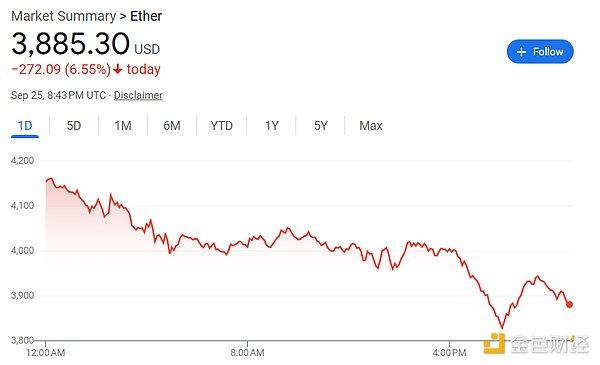
Bitcoin is facing the risk of a deep correction as profit-taking pressure from long-term holders and ETF Capital slow, according to the latest on-chain data from Glassnode.
The price broke through the support zone around $112,000, touched $108,700 on Coinbase and could retest $107,500 if institutional demand fails to recover, while SOPR, NUPL indicators show increasing risk of selling losses.
- Long-term investors have realized 3.4 million BTC in profits; Glassnode warns of a possible “cooling-off phase”.
- SOPR around 1.01 and NUPL of short-term group approaching 0 signals market tension, risk of triggering stop-loss selling.
- Price lost $112,000, hovering near $109,645; bullish scenario requires regaining $115,000 and institutional Capital .
Is Bitcoin Entering a Deep Correction?
Yes. on-chain data shows profit-taking pressure has reached levels similar to previous cycle peaks, while ETF Capital have slowed after the Fed cut interest rates, increasing the probability of a further correction.
Glassnode notes that long-term investors have realized 3.4 million BTC in profits, while the realized profit/loss ratio has reached extreme levels three times this cycle, historically coinciding with cycle peaks. When institutional demand weakens, profit-taking often takes over, pulling prices away from support.
In the spot market, Bitcoin broke through $112,000, falling to $108,700 on Coinbase, a four-week low (source: TradingView). Analysts warn that the $107,500 mark could be tested if selling pressure spreads.
Why does Glassnode warn of an imminent “cool-down”?
Since the peaks of cumulative realized returns tend to coincide with cycle peaks, Glassnode believes that the probability is tilted towards a cooling period after the market leaves the 3rd extreme of the cycle.
According to The Week Onchain report (Week 38/2025), realized profit/loss ratios show that over 90% of the coins moving are in profit, repeating the pattern often seen before major tops. As profits are locked in strongly, bullish momentum weakens.
The macro backdrop following the Fed rate cut also coincided with a slowdown in ETF inflows (source: Glassnode), weakening demand to support prices. This combination increases the risk of a correction rather than a breakout.
“The odds are leaning towards a cooling period ahead.”
– Glassnode, The Week Onchain, Week 38/2025, insights. glassnode.com
Are cumulative realized returns repeating a cyclical pattern?
Yes. Glassnode says the peak of cumulative realized returns has coincided with cycle peaks many times, and the market has just left such an extreme.
As most investors take profits and start to take profits, selling liquidation increases while new demand cannot keep up, putting pressure on prices. This pattern has preceded corrections in previous cycles, reinforcing the cautious argument.
How does the slowdown in ETF Capital flow affect?
The slowdown in ETF Capital flows after the decision to lower interest rates reduced underlying buying power, making prices vulnerable to profit-taking supply.
ETF inflows are a channel for institutional demand. When net inflows slow, the market lacks upward momentum. Glassnode XEM this as one of the reasons for the increased risk of a “cooling off”, especially when on-chain indicators signal in sync.
Which investors are selling at a loss?
A segment of short-term investors has started selling at a loss, as shown by SOPR fluctuating around 1.01 and short-term NUPL approaching 0, according to 10x Research and Glassnode.
Markus Thielen (10x Research) notes that SOPR has a worrying behavior: in an uptrend, a break of 1 sometimes signals seller exhaustion; but in a weak trend, rejected bounces around 1 often open the door to fresh downside pressure. The current signal leans toward caution.
More importantly, the NUPL of the short-term holding group is approaching zero, indicating that unrealized profits are being eroded. When profits disappear, this group is more likely to cut losses, creating a chain effect through stop-loss orders.
What is SOPR and what does a level of 1.01 imply?
SOPR measures the profit/loss of coins when spent. A reading of 1.01 indicates that the Medium transaction has very little profit margin.
In a strong Bull market, a drop below 1 and then a recovery can signal a successful “shakeout”. But when the trend is weak, a rejection around 1 shows that selling pressure is still dominant (definition and data source: Glassnode Studio).
Is it worrying that short-term investor NUPL is approaching 0?
Yes. A NUPL near 0 means that most of the unrealized profits have been wiped out, increasing the probability of a stop loss sale.
History shows that when the short-term NUPL narrows to zero amid price weakness, a self-amplifying liquidation can occur. This is why 10x Research warns of the risk of widespread selling as prices approach sensitive support levels.
Which price level to watch next?
The $112,000, $109,000–$110,000, and $107,500 levels are the sensitive zones; the trend improves upon reclaiming $115,000, according to 10x Research.
Bitcoin has lost $112,000 and fallen to $108,700 (Coinbase). Thielen warned that the recent rally is quickly losing momentum; as the price hovers near the old Dip , stops could be triggered, pushing the price to test $107,500.
At the time of writing, BTC is around $109,645, down 6.5% in a week. However, Michael Saylor expressed optimism that Q4 could be positive as macro headwinds ease. On the other hand, Glassnode emphasized the need for institutional synchronization to reduce the risk of a cooling-off.
Can stop-loss risk amplify volatility?
Yes. As price returns to the recent Dip , the cluster of stop-loss orders may be swept, creating a forced sell.
This is especially sensitive in the context of fragile SOPR and shallow short-term NUPL. Just one candle breaking through support can trigger a domino effect that could push the price to test deeper before buyers return.
What conditions are required for the recovery scenario?
There needs to be a synchronization between institutional Capital and long term holdings, along with a return of $115k to improve the technical structure.
Signals to watch: ETF returns to stable net inflow, SOPR remains above 1 and short-term NUPL returns to positive. At that time, the near supply zones will be absorbed, reducing the risk of selling at a loss.
Summary table of indicators and market implications
| Indicator/Price Zone | Current Level/Status | Implications | Source |
|---|---|---|---|
| LTH's Real Profit | 3.4 million BTC have been booked | Supply pressure increases, risk of cooling down | Glassnode (Week 38/2025) |
| Actual profit/loss ratio (extremes) | Exceed 90% three times in a cycle | Usually coincides with the peak of the cycle | Glassnode |
| SOPR | ~1.01 | Thin profit margins, easy to reverse | Glassnode Studio |
| NUPL (short-term investors) | Approaching 0 | Risk of selling at a loss, triggering liquidation | 10x Research, Glassnode |
| Spot Price (Coinbase) | About 109,645 USD | Down 6.5%/week, lost $112,000 | TradingView |
| Area to be reclaimed | 115,000 USD | Improved structure increase | 10x Research |
Frequently Asked Questions
What does SOPR around 1.01 mean?
SOPR ~1.01 shows that the Medium trade has very thin profit margins. If rejected around 1 in a weak trend, the risk of further decline increases. Source: Glassnode Studio.
How worrying is the short-term investor NUPL approaching 0?
It reflects the exhaustion of unrealized profits, which can easily trigger stop-loss selling and chain liquidation when the price retreats to the near Dip . Source: 10x Research, Glassnode.
What are the important price milestones of Bitcoin right now?
Near-term support/resistance: $107,500, $109,000–$110,000, $112,000, and $115,000. Retaking $115,000 would improve the technical structure. Source: TradingView, 10x Research.
Does slowing ETF Capital have a big impact?
Yes. ETFs reflect institutional demand. When net inflows slow down, buying power weakens, making it difficult to absorb profit-taking supply, increasing the probability of a “cooling-off phase”. Source: Glassnode.
Can Bitcoin Recover in Q4?
Possibly, if macro headwinds ease and institutional demand returns. However, Glassnode warns of a high risk of cooling unless demand signals improve significantly. Source: Glassnode; comments from 10x Research.







